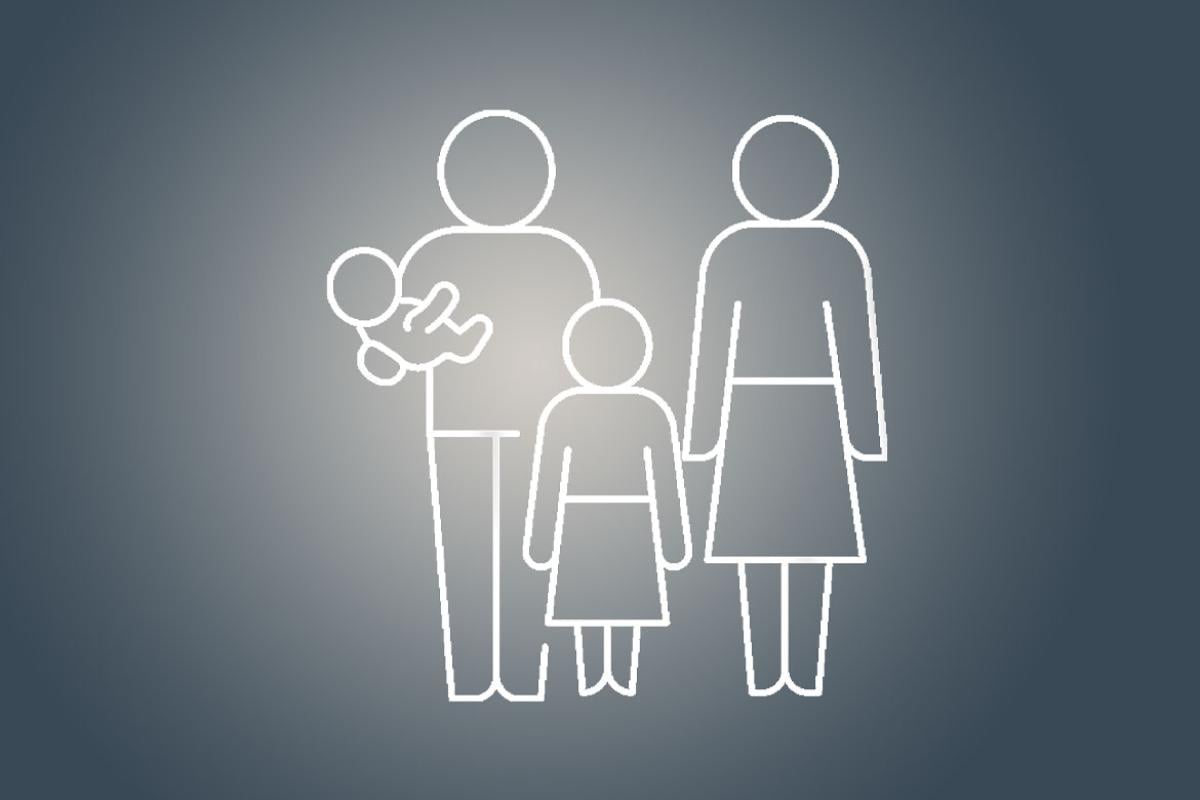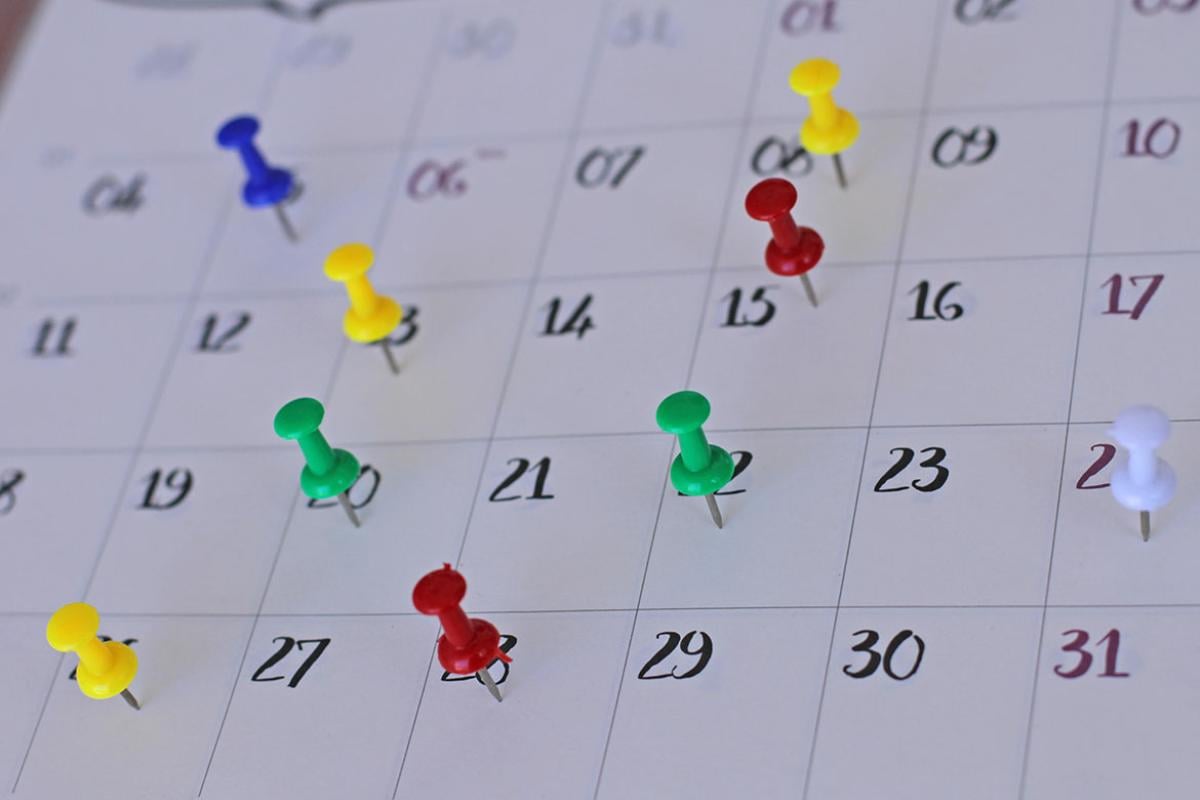- May–July 2024: Knock Step 2 out of the park
- May–August 2024: Research residency programs
- May–September 2024: Ace your away rotation
- August 2024: Pick a physician specialty
- June–August 2024: Perfect your application packet
- September–December 2024: Manage interview invitations
- October 2024–January 2025: Excel in the interview
- February–March 2025: Submit your Match rank-order list
- March 17–20, 2025: Get ready for SOAP, just in case
- March 21, 2025: March 21, 2025
Match Day 2025 is Friday, March 21. For tens of thousands of medical students looking at the next step in their physician journey, the day will offer a big reveal: where they will practice as resident physicians. Between now and that fateful Friday, there are a number of steps that Class of 2025 medical students participating in the National Resident Matching Program (NRMP) must take.
What should you be doing to prepare for the Match? When should you be doing it? Here is a milestone-by-milestone breakdown of that process.
- May–July 2024: Knock Step 2 out of the park
How to do it: The United States Medical Licensing Examination (USMLE) Step 2 is largely rooted in your knowledge of clinical medicine.
Your performance on National Board of Medical Examiners Subject Exams—commonly referred to as shelf exams and typically offered at the end of core clerkships—is probably a good place to start when it comes to knowing your deficiencies. When considering the topics that are most likely to appear on the exam—often referred to as high-yield topics—questions related to internal medicine tend to be most common.
Dive deeper
- May–August 2024: Research residency programs
How to do it: Picking which programs to apply to is about metrics and comfort level. That former requires knowing your standing as an applicant that will include having a grasp of how your test scores and other academic metrics compare to your peers. The latter is about finding a program that allows one to follow their career and life ambitions.
As applicants embark on the residency-selection process, no online resource contains as much information as FREIDA™, the AMA Residency and Fellowship Database®, which includes more than 13,000 Accreditation Council for Graduate Medical Education-accredited residency programs, and offers a streamlined user experience.
Dive deeper
- May–September 2024: Ace your away rotation
How to do it: About half of medical students participate in away rotations. Their importance to the residency application process depends on which specialty one plans to apply to.
Away rotations are a two-way process in which programs assess students and students assess programs, with both parties gaining a broader and deeper understanding of one another. With that, the goals for any away rotation are to make a strong impression and determine if the program is a fit for a medical student.
Dive deeper
- August 2024: Pick a physician specialty
The convention is that medical students should have a decision on their specialty by the start of their fourth year. For the Class of 2025, that would usually be in August.
How to do it: Draw on your core clerkships, subinternship and away rotations to determine what you like. You will also want to consider your preference for a surgical specialty, a medical specialty or one that is hospital based. Other factors frequently considered by medical students selecting a specialty include personality fit and work-life balance.
Dive deeper
- June–August 2024: Perfect your application packet
For the 2024–2025 residency-application cycle, applicants may begin submitting their applications through the Association of American Medical Colleges’ MyERAS (Electronic Residency Application Service) platform Sept. 4, 2024. Programs may begin reviewing applications on Sept. 25.
How to do it: Medical students should make sure they have all the necessary information to create a comprehensive application packet. That includes:
- A personal statement.
- Academic and USMLE transcripts.
- The Medical Student Performance Evaluation.
- Letters of recommendation, submitted by letter writers through MyERAS.
- A headshot.
Program signaling—a process in which applicants express interest in particular residency programs—may also be done at the time of application submission.
Dive deeper
- September–December 2024: Manage interview invitations
A handful of specialties have standardized dates on which all invitations to interview are issued. For others, the process is less predictable. For specialties that are not participating in the standardized interview offer date, interview invitations can go out as soon as programs can access applications. For the bulk of invitations, the most active weeks for interview invitations are two to three weeks after programs can access applications.
How to do it: Set up a separate email address that is especially for the Match process and monitor it diligently during the invitation period. If the number of invitations you get starts to approach the high teens, consider canceling interviews with programs for which you have a lower level of interest.
Dive deeper
- October 2024–January 2025: Excel in the interview
How to do it: When you are on interviews, be ready to ask questions, demonstrate clinical knowledge and talk about the meaningful experiences that have influenced your career path.
Keep in mind that residency interviews are largely virtual, so make sure your technology works and you have a quiet environment in which you do the interview free of distractions.
Dive deeper
- February–March 2025: Submit your Match rank-order list
Applicants can start submitting their rank order list Feb. 3, 2025. The deadline to certify your rank order list is March 5, 2025.
How to do it: The methods to making a Match rank order list are highly individualized. Consider the factors that matter to you most as an applicant and how each program with which you interviewed meets those factors.
Remember that the ranking algorithm favors applicants. Because of that, all applicants should put their top program first, even if they consider it a reach. It’s also worth noting that the Match is a numbers game. The more programs you rank, the more options you have. Because of that, applicants should strongly consider ranking every program with which they interview. Conversely if you would be unhappy matching to a program to which you have applied, you should not include it on your rank order list.
Dive deeper
- March 17–20, 2025: Get ready for SOAP, just in case
How to do it: On Monday, March 17, of 2025 Match Week, applicants will find out whether they have matched. Those who have not—about 5–7% of applicants from U.S. MD- or DO-granting medical schools annually—will have the opportunity to find a residency position through the Supplemental Offer and Acceptance Program (SOAP). That is a system for residency programs to fill unfilled positions with eligible unmatched or partially matched applicants during Match Week.
To effectively manage the SOAP process, which takes place in four rounds of offers, applicants must be prepared to take the immediate, practical steps required to land the right residency spot.
Dive deeper
- March 21, 2025: March 21, 2025
How to do it: Take some solace in the fact that you will be going to a program with which you interviewed and ranked. Mentally prepare for the possibility of going to any program that was on your rank-order list and determine the best way to process the news for your mental health—that may mean skipping the big Match Day party for something more intimate.
Make plans to celebrate a landmark achievement in your journey in medicine.
Dive deeper






































